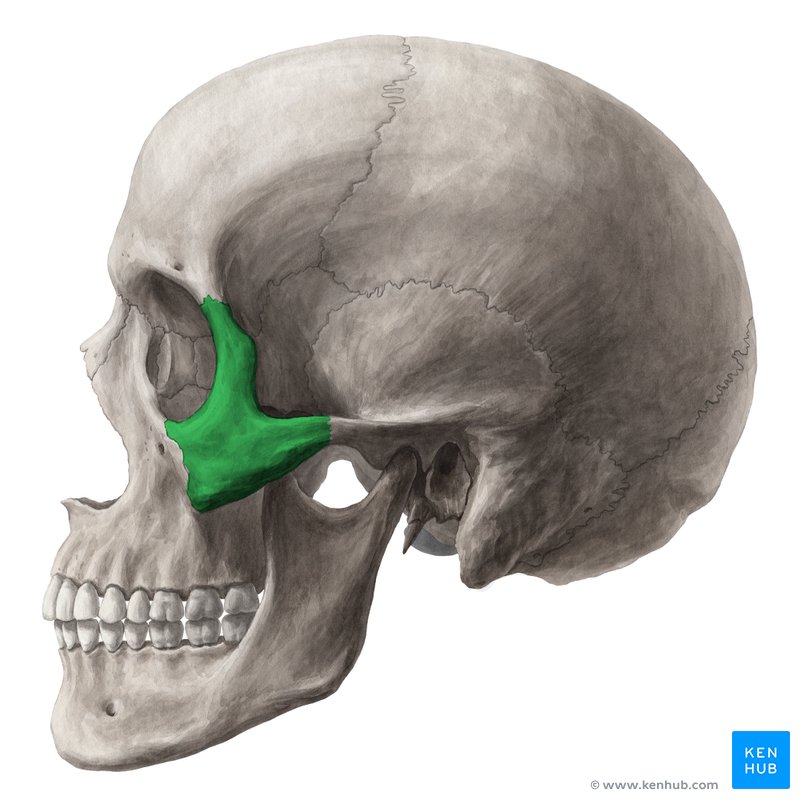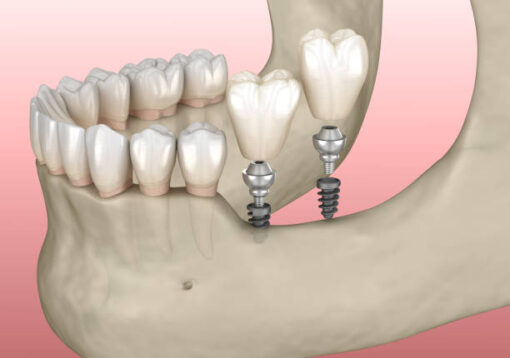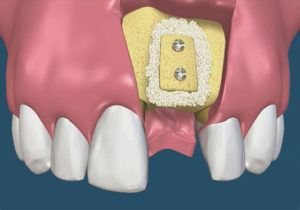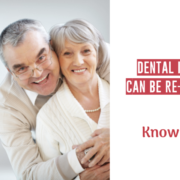Bone quantity and quality refer to how much bone someone has, and also how strong it is. Strong bones are more likely to break under stress, such as from a blow to the head in a contact sport like football or from a fall. Weak bone density are more prone to fracture. The quantity of bone is measured by measuring the length and width of a limb or segment of the body that contains bone — for example, the shaft of the femur (bone in the upper leg) or the radius (one of the forearm bones). However, this doesn’t tell you anything about how strong that bone is; there may be lots of weak small bones and few strong big ones. Therefore, there are specific tests for quality as well: strength-of-bones tests, to test for osteoporosis and other bone conditions.
What is Bone Density?
Bone density is the amount of bone in relation to the amount of tissue in the bone. It can be measured by X-ray. Normal bone density is 0.9 g/cm. Denser bones are stronger and less likely to break, although other factors, including the shape of the bones, also affect the risk of breakage. Denser bones may also be associated with a lower risk of osteoporosis.

What is Bone Quality?
Bone Quality relates to the degree of bone density present. Type 1 is dense bone, which provides great cortical anchorage, but limited vascularity. Type 2 bone is the best bone for osseointegration of dental implants. It provides good cortical anchorage for primary stability, yet has better vascularity than Type 1 bone. Types 3 and 4 are soft bone textures with the least success in type 4 bone. Bone quality can improve around a functional osseointegrated dental implant, due to the positive bone stimulation. Good cortical anchorage is necessary for immediate functional loading of dental implants. It is agreed that this treatment should be limited to areas of good bone quality.

What is the meaning of loss of Bone Density?
As we grow older, our bones naturally become less dense. This process begins in our 30s or 40s. The rate of loss of bone density varies from person to person. The loss of bone density does not mean that you will get osteoporosis. In many cases, it can be prevented by maintaining a healthy diet, exercising regularly and not smoking. If you are concerned about your bone density, you should see your doctor. If there is a risk of osteoporosis, they will be able to advise you on ways to prevent it.
What Causes Loss of Bone Density?
Age – As you get older, your bones become less dense. This is normal. The rate at which your bones become less dense will vary depending on your lifestyle. – Gender Women are more likely to suffer from osteoporosis than men because their bones become less dense faster.
Excess weight – Obesity can lead to an increase in the amount of calcium and estrogen leaving the bones, which leads to a decrease in bone density.

Lack of physical activity – Regular weight-bearing exercises will help to prevent the loss of bone density and decrease your risk of osteoporosis.
Poor diet – Eating a diet rich in calcium, vitamin D and magnesium will help to maintain your bone density.
Smoking – Smoking can cause the body to expel more calcium, which leads to a decrease in bone density.
Factors that influence Bone Quantity and Quality
Bone quality -The strength of the bones is a factor in the amount and quality of bone. Age of the person As you get older, your bones are more likely to break.
Eating habits -Eating a balanced diet that contains enough calcium and vitamin D can help to protect bone health. Genetics Some genes will increase your susceptibility to poor bone health.
Type of exercise -The type of exercise you do can influence the amount and quality of your bone.

How to preserve and protect Your Bones?
Regular exercise: Exercises that put weight on your bones are best for building bone. Walking is an easy way to help your bones stay strong.
Follow a healthy diet: Eat a balanced diet that contains plenty of calcium, vitamin D, and magnesium.
Avoid smoking: Smoking increases the amount of calcium that is removed from the bones.
Limit your alcohol intake: Alcohol has a diuretic effect, which increases the amount of calcium that is removed from the bones.
Weight control: Maintaining a healthy weight will help to reduce the amount of stress on your bones.
Conclusion
Many people worry that they do not have enough bone. However, it is also possible to have too much bone. Having too much bone can lead to a condition called osteoporosis. Osteoporosis is a disease that causes your bones to break more easily. You can prevent osteoporosis by eating a healthy diet, exercising regularly and not smoking. You can also preserve and protect your bones by following these tips.






